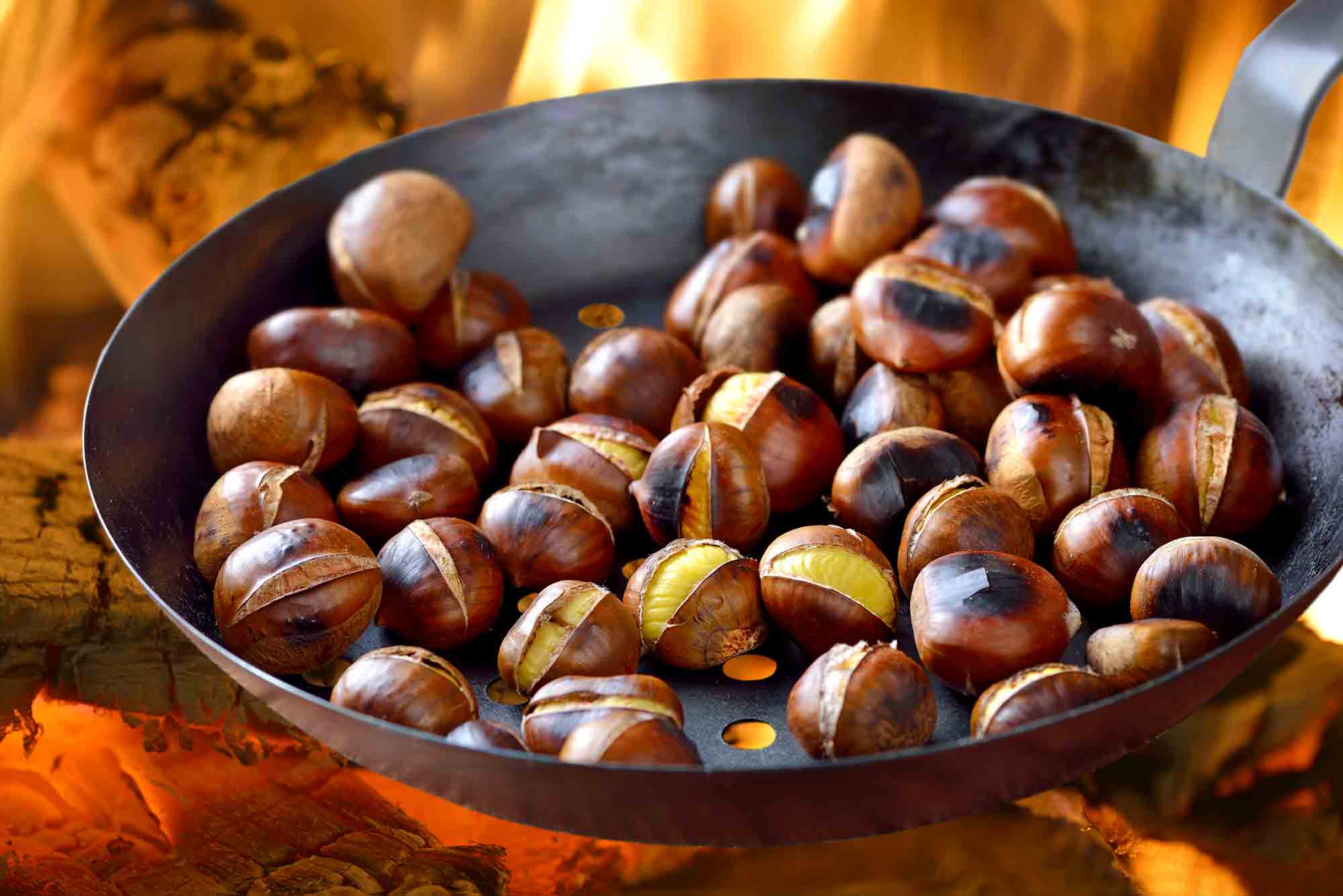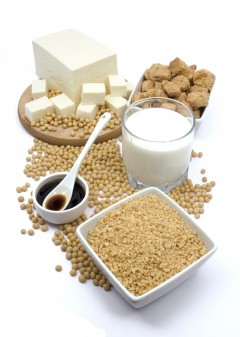Chestnuts are one of many tree nuts that can trigger allergic reactions.
Flick on the radio this month, and you might hear Nat King Cole belting out, “chestnuts roasting by an open fire…”. The tune is catchy, but for some of us in the food industry, this song leaves us scratching our heads. Are chestnuts a culinary nut? What about nutmeg? Isn’t it a spice? The world of nuts can be a little nutty (pun intended), confusing, and delicious! Let’s look at a few fun and important facts about these holiday favorites.
When you hear the word nut, do think of a peanut or tree nut? The cleverly disguised peanut is a legume, grown in the ground, whose relatives are peas, chickpeas, and other beans. People often lump the baseball staple together with other nuts, but this earth-friendly legume needs only a mere five gallons of water to produce one ounce of peanuts. Versus other nuts that use between nineteen to eighty-one gallons of water per ounce!
Now that you know peanuts grow in the ground, we’re confident you know where tree nuts grow – in trees, of course! Tree nuts come in all sorts of shapes and sizes, with some offering code names like the hazelnut, which is sometimes called a filbert. Flirting with danger, the shell of cashew is toxic, so you won’t find us cracking cashew shells over here. But it’s vital to know shelled cashews are safe, nutritious and tasty.
Speaking of cracking, when someone says they are a hard nut to crack, they aren’t kidding! Old Hawaiian stories tell tales of placing macadamia nuts between boards and driving over them to extract the meat of this exotic nut. Thankfully, technology has made car nut cracking obsolete.
Slightly confusing, coconuts are recognized as a tree nut by the Food and Drug Administration (FDA), but they are considered a fruit. Nutmeg gets a bum rap since the word nut is in its name, although nutmeg is a spice made from a seed!
Lastly, nuts can pop up in unusual places, such as in that glass of holiday cheer you are about to raise. The Food Allergen Labeling and Consumer Protection Act (FALCPA) doesn’t include alcohol ingredient labels. Therefore, beer, wine, or spirits are not subject to listing any of the top eight allergens. The Alcohol and Tobacco Tax and Trade Bureau oversee alcohol labels.
Tricky to manage, consumers need to navigate peanuts used in beer making, bourbons, and other hard liquors, the wine aged in nut barrels and liqueurs with hidden nut flavor enhancers. Bars are notorious for high cross-contact risk due to shakers only rinsed, and not dishwasher cleaned and fast-moving environments. Its best for allergic patrons to stick to less mixed drinks and known brands.
What about the chestnut from Nat King Cole’s song? Chestnuts (Chinese, American, European, and Sequin) are considered a tree nut by the FDA. But, water chestnuts, like nutmeg, only have the word nut in the name. Water chestnuts are an aquatic tuber. Therefore, anyone with a tree nut allergy should skip the chestnut Mr. Cole is crooning over and simply enjoy the holidays and the song!



